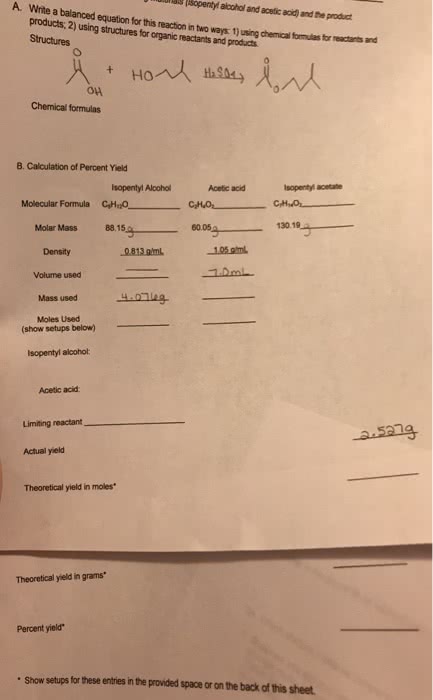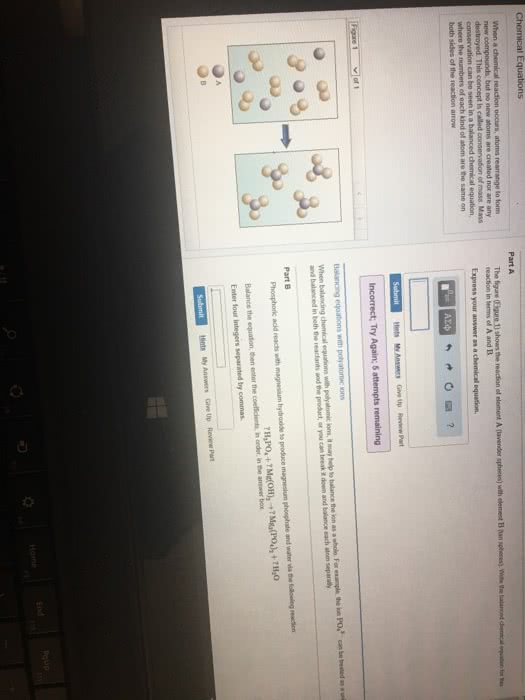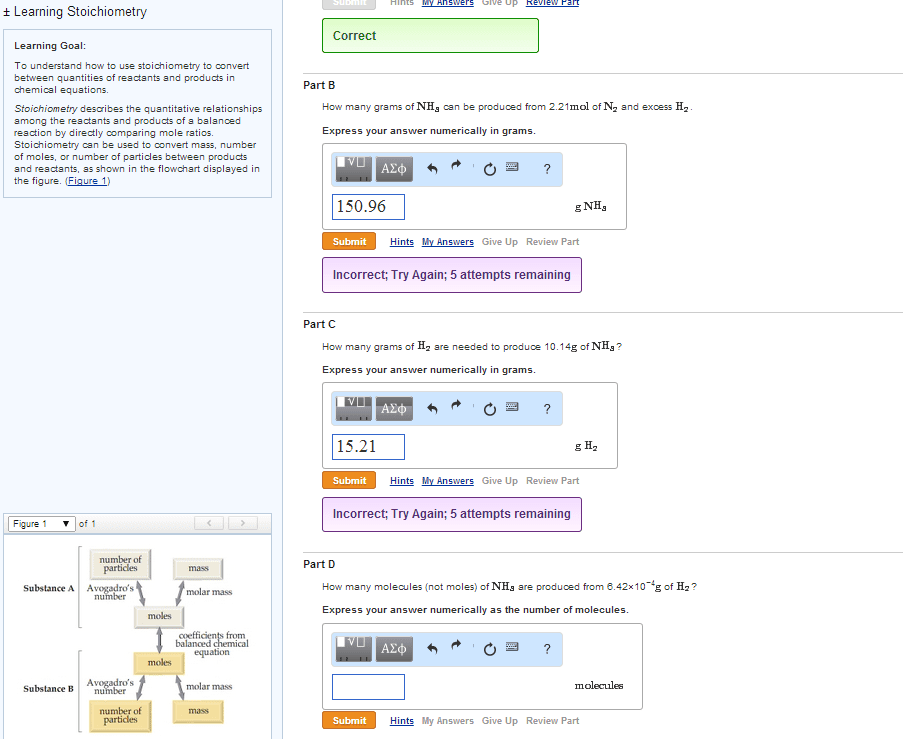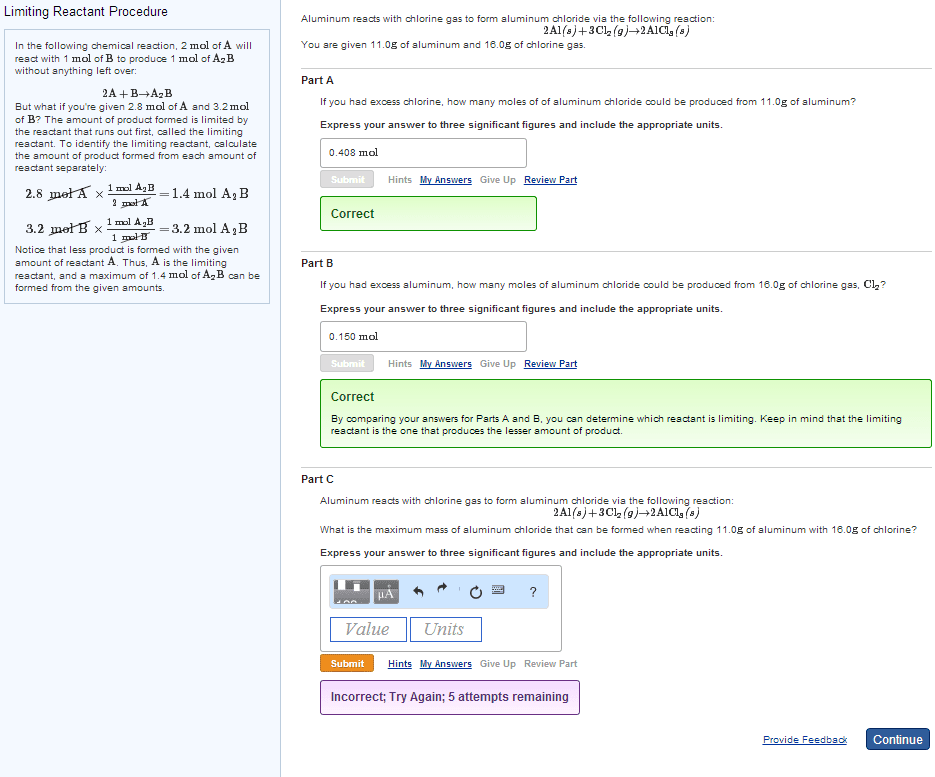CHEM 1113 Study Guide - Final Guide: Combined Gas Law, Molar Volume, Ionic Compound
Document Summary
Chapter 3 - the mole, composition and stoichiometry. Concept area 3 - balancing simple equations: given the reactants and products of a simple chemical reaction, you should be able to balance the chemical equation for their reaction. Balance an equation: moles of reactants should equal moles of products. Mass (g) a molar mass a moles a (cid:2923)o(cid:2922)es (cid:2886) (cid:2923)o(cid:2922)es (cid:2885) moles b molar mass b . Limiting reactant: use the molar ratios in the balanced equation to see which reactant forms less product. You should also be able to determine how much of a certain reactant is needed to produce a given amount of a product. Theoretical yield: the amount of product calculated from the molar ratio in the balanced equation. Actual yield: the amount of product actually produced. Percent yield: that actual yield expressed as a percentage of the theoretical yield: % yield = (cid:1820)(cid:1808)(cid:1805)(cid:1815)(cid:1818)(cid:1805)(cid:1820)(cid:1809)(cid:1803)(cid:1812) (cid:1825)(cid:1809)(cid:1805)(cid:1812)(cid:1804) (cid:2778)(cid:2777)(cid:2777) (cid:1803)(cid:1820)(cid:1821)(cid:1812) (cid:1825)(cid:1809)(cid:1805)(cid:1812)(cid:1804) Chapter 4 - three major classes of chemical reactions.




